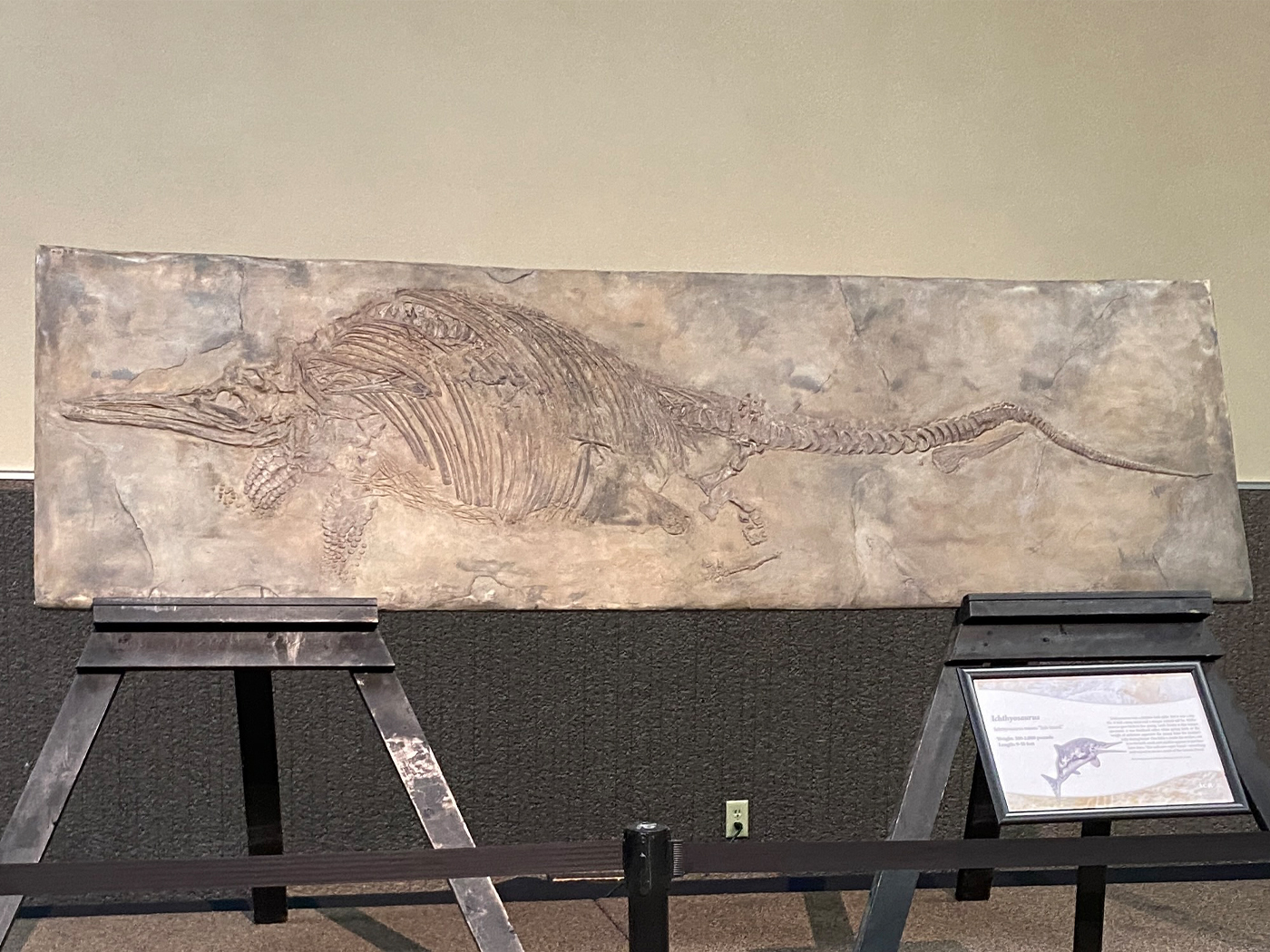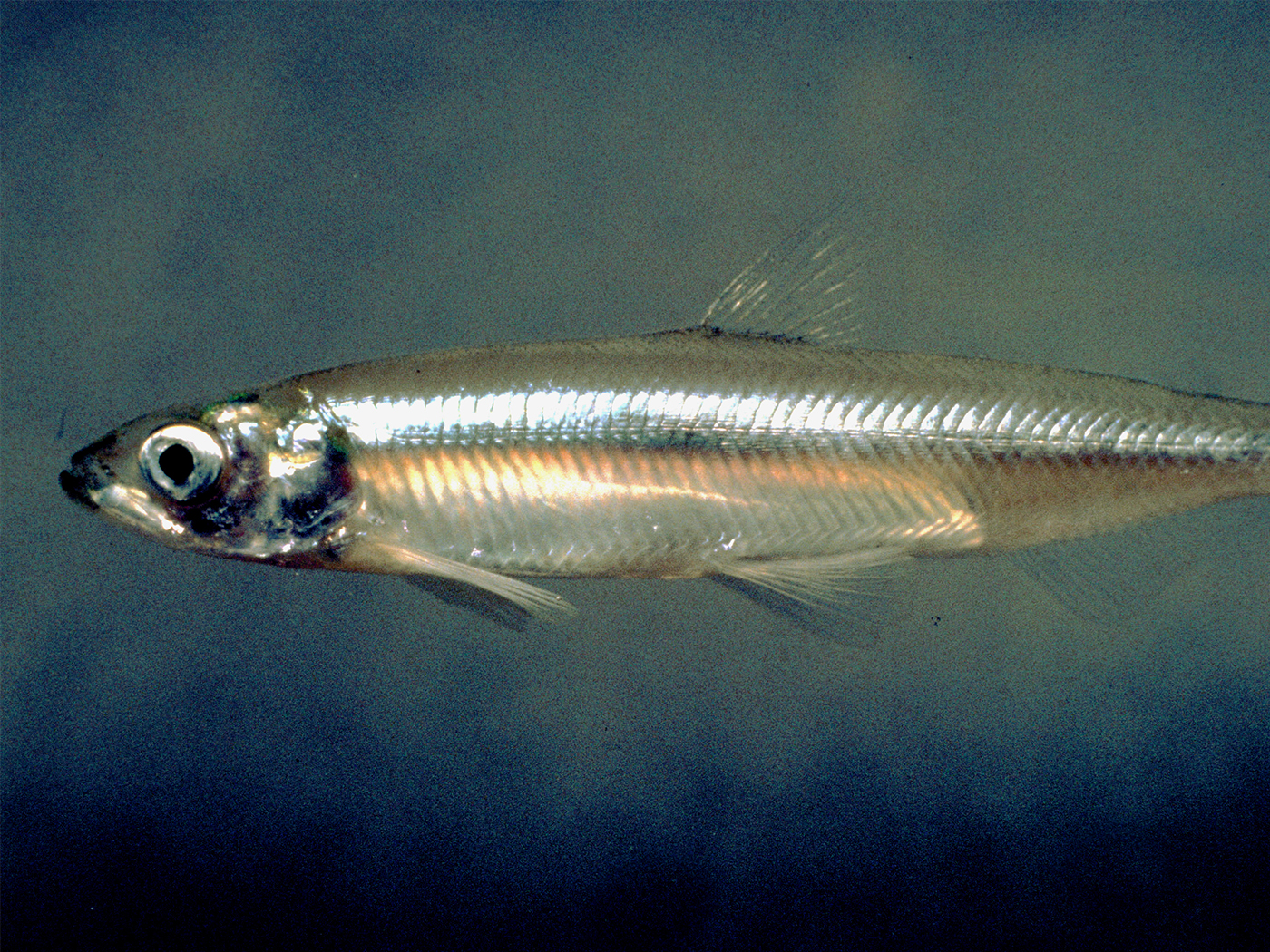"It had a fan of short feathers at the base and then two extremely long plumes," says [Jingmai O'Connor, a paleontologist at Chicago's Field Museum]. "The long feathers were dominated by the central spine, called the rachis, and then plumed at the end. The combination of a short tail fan with two long feathers is called a pintail, we see it in some modern birds like sunbirds and quetzals."1
Yuanchuavis was clearly a beautiful bird from the pre-Flood world with some physical characteristics we see in birds today. Evolutionists, however, put a baseless evolutionary spin on the fossil stating, "This new discovery vividly demonstrates how the interplay between natural and sexual selections shaped birds' tails from their earliest history."1 A supposed “interplay” between natural and sexual selection had nothing to do with shaping the bird’s tail. It’s but mere opinion by evolutionists.
Furthermore, the unintelligent and mysterious powers of natural selection2 are called upon to pay attention to sexual selection,3 “Researchers say the discovery shows how even in their earliest history, natural selection had to pay mind to sexual selection.”4 But how do evolutionists know sexual selection operated between inanimate fossils 120 million years ago? Dr. Wang Min, a researcher at the Chinese Academy of Sciences stated, “it is notoriously difficult to tell if a given fossilized structure is shaped by sexual selection, considering the imperfect nature of the fossil record.”1 Evolutionists must rely on inference, drawing analogies, evolutionary pressure, assumption and suggestion, all undefinable qualities.5
The dating of the bird fossil is suspect as well, “The fossil was discovered in the 120-million-year-old deposits of the Jehol Biota in northeastern China.”1 But some modern birds (quetzals and sunbirds) are arrayed with “a fan of short feathers at the base and two extremely long plumes, called a pintail” just as Yuanchuavis is. Yuanchuavis is an extinct 100% bird with modern features. Creationists would say the fossil was formed during the Genesis Flood about 4,500 years ago.
References
1. Staff Writer. Fossil bird with fancy tail feathers shows that sometimes, it's survival of the sexiest. PhysOrg. Posted on physorg.com September 16, 2021, accessed July 6, 2022.
2. Natural Selection Part 1: A Darwinian Deception. Creation.Live Podcast. Posted on Youtube.com.
3. Spencer, H. and J. Masters. 1992. Sexual selection: contemporary debates. In Keller, E. and E. Lloyd. (eds.), Keywords in Evolutionary Biology. First Harvard University Press.
4. Staff Writer. Prehistoric peacock? Scientists discover ‘pintailed’ bird that lived alongside dinosaurs. StudyFinds. Posted on studyfinds.org October 5, 2021, accessed July 6, 2022.
5. Staff Writer. Survival of the prettiest: Sexual selection can be inferred from the fossil record. Phys.Org. Posted on phys.org January 23, 2013, accessed July 6, 2022.
Stage image: Yuanchuavis
Stage image credit: Copyright © Luxquine/Wikipedia. 2021. Used in accordance with federal copyright fair use doctrine law. Usage by ICR does not imply endorsement of copyright holder.
Dr. Sherwin is Research Scientist at the Institute for Creation Research. He earned an M.A. in zoology from the University of Northern Colorado and received an Honorary Doctorate of Science from Pensacola Christian College.

















